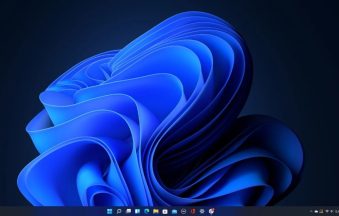Windows 11: The Next-Gen Experience
Overview:
Launched in October 2021, Windows 11 significantly evolves Microsoft’s OS design and functionality. While it retains the core architecture of Windows 10, Windows 11 introduces significant visual upgrades, enhanced productivity features, and more stringent hardware requirements, catering to modern users and devices.
Key Features of Windows 11:
- Revamped User Interface: Windows 11’s design is clean and minimalistic, with a centered Start menu, rounded corners on windows, and a more streamlined Taskbar. These changes provide a visually modern look.
- Widgets Panel: A new customizable Widgets panel in Windows 11 offers personalized updates, including news, weather, and calendar events, making it easy to stay on top of essential information.
- Snap Layouts & Snap Groups: One of the standout productivity features is Snap Layouts, which allows users to arrange open windows into various grid layouts easily. Snap Groups save window configurations, allowing you to return to previous setups quickly.
- Microsoft Teams Integration: Windows 11 comes with Microsoft Teams built into the taskbar, offering a more integrated communication platform for personal and business use, streamlining video calls and chats.
- Enhanced Gaming Experience: With Direct Storage technology, Windows 11 significantly improves game load times and performance. Auto HDR ensures better color contrast and brightness for a more immersive gaming experience.
- Touch, Pen, and Voice Enhancements: Windows 11 has improved support for touch-based devices with more intuitive gestures and pen support. Voice typing has also been enhanced for better dictation accuracy.
- Improved Security & TPM 2.0 Requirement: Security has been a significant focus for Windows 11, with hardware-based security features like Trusted Platform Module (TPM) 2.0 and Secure Boot ensuring better protection against modern cyber threats.
System Requirements for Windows 11:
Unlike Windows 10, Windows 11 has more specific hardware requirements. Devices must support TPM 2.0 and have a compatible 64-bit processor, 4 GB RAM, and 64 GB of storage at a minimum. In comparison, Windows 10 has less stringent hardware requirements, making it more accessible for older systems. These differences in system requirements can significantly impact the decision to upgrade.








Add comment